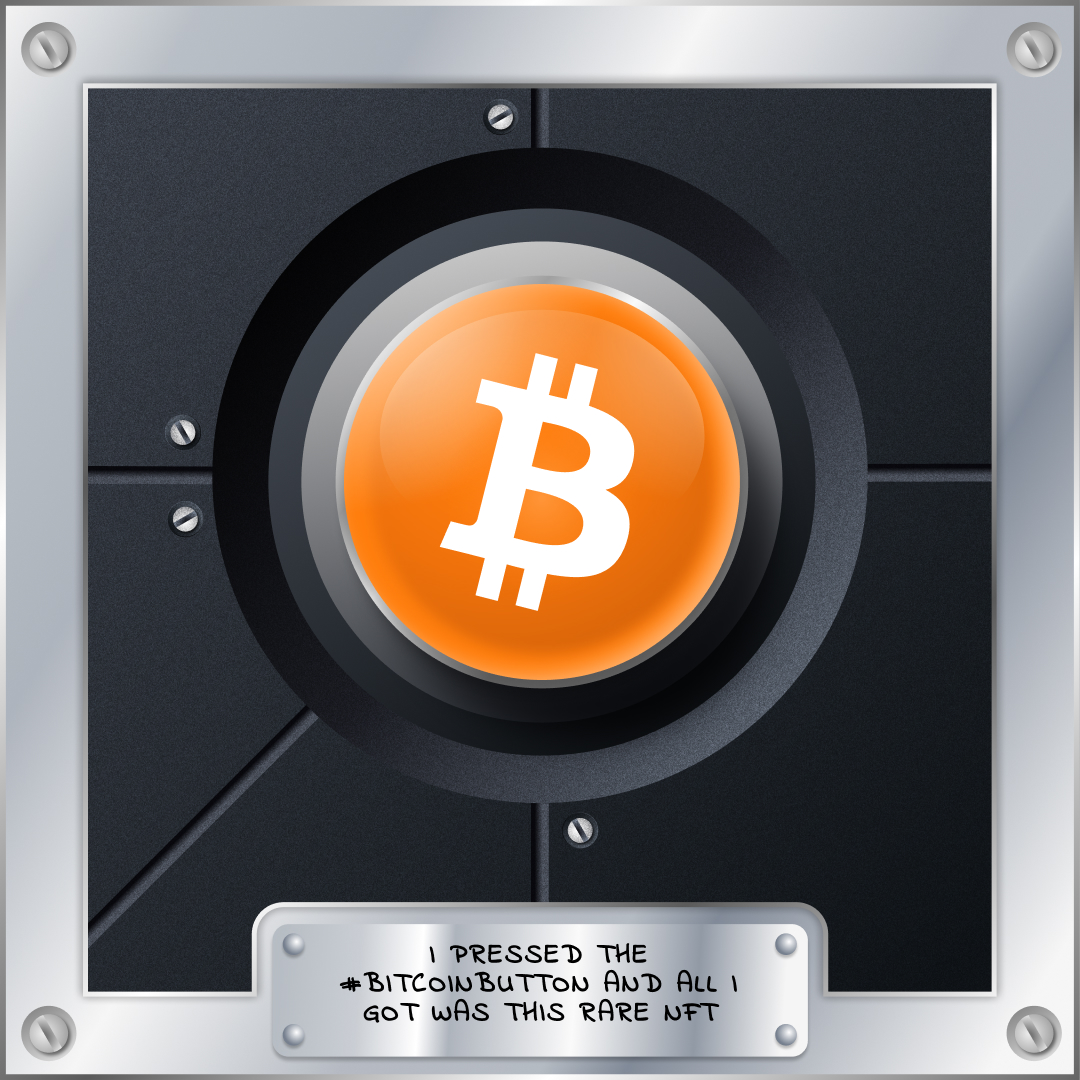1/ Have you ever wondered how your #crypto2023 wallet works under the hood?
Our latest piece dives into the sophisticated algorithms that power Multi-Party Computation (#MPC ) technology... let's summarize 👇
2/ Threshold Signature Schemes (TSS) are the backbone of transaction signing in MPC wallets.
TSS allow a group of participants to collectively generate a signature. A minimum threshold of participants must be met to generate a valid signature.
3/ ECDSA is a widely adopted signature algorithm in the #crypto world, used by #bitcoin and #Ethereum.
Adapting it for a threshold scheme, though, comes with unique challenges due to its unique one-time-use random component.
4/ Yehuda Lindell's work presents a solution to ECDSA's TSS challenge, by confining the signing parties to two.
This algorithm is in active use in a number of cryptographic libraries.
5/ Another interesting ECDSA alternative was recently updated to introduce an efficient MPC protocol for ECDSA in a t-out-of-n setting. With three of its authors linked to @Coinbase, it's an indication of where industry interest is directed.
6/ We also inspect the Edwards-curve Digital Signature Algorithm (EdDSA), which offers a high degree of security with faster operations.
It’s particularly adaptable for TSS, requiring only a protocol to formalize messages, without the need for custom cryptographic tools.
7/ These cutting-edge solutions are shaping the future of decentralized Web3 wallet interactions. Stay tuned for more, and check out some of our previous work on MPC.






